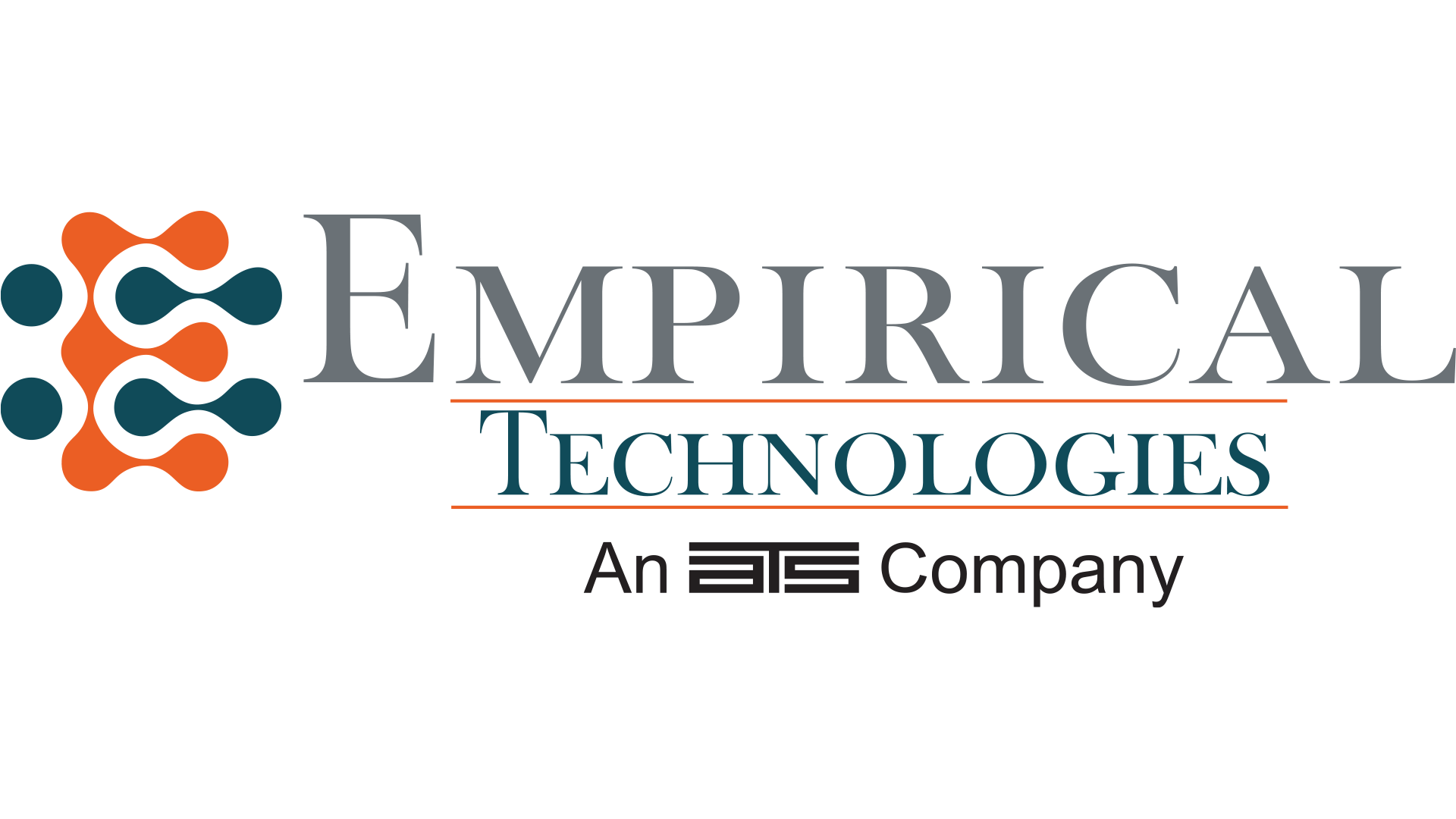Whenever someone asks what our company does, I tell them, “We Make It, We Break It, We Write About It”. In most cases, I am asked about the “We Write About It” part. That’s where 510(k)s come in. In the orthopedic space, Empirical Technologies has cleared more submissions from July 2020 to July 2021 thank any other consulting group.
A 510(k) is a collection of evidence that shows a device is substantially equivalent to another device on the market, has already been cleared, and has been clinically proven to be safe. As an alternative to directly demonstrating safety and effectiveness, you can say that the device has been on the market for a long time and hasn’t shown any known failures or problems. By using preexisting data, companies can improve and create new devices thanks to the 510(k).
In most cases, it’s going to be someone who identifies a flaw in the original design or process. So, let’s talk about going from monolithic IBFD’s, made from either metal or plastic to an expandable IBFD that starts with the PLIF, a posterior lumbar interbody fusion device. Look at a lumbar spine and you’ll notice that it’s curved. In this case, bones complicate the procedure and make it more difficult to access the area to place the device. Putting something in the anterior side requires moving through the belly. To remove the organs from the belly, only a general surgeon can go through it. A general surgeon is not required if you enter in through the posterior because the spine is right there. Your working space is much smaller. It’s here that expandable implants come into play. It is possible to put something in the disc space and then expand it to fill the space.
Initially, a company would only have to send a document of notification to the FDA. Typically, this was a one-page letter to the FDA stating that we are planning to commercialize XYZ. It would be validated by the FDA and put on the market. A more robust system was needed due to problems with the process. What the FDA requires is constantly changing.
Clinical data is becoming more available, and more devices are coming to market, so the regulatory requirements are evolving. A device’s biocompatibility is an example of this. For decades, you could write this product is made of titanium and its historical use shows it’s safe. The FDA would say okay and sign off on it. The uses of titanium are not all the same. It is possible that the way something is processed is toxic. A patient may experience severe or even deadly consequences if an oil-covered product is inserted into their body. The requirements are also constantly changing due to the increased use of additive manufacturing. A new process was implemented by the FDA to ensure patient safety and no longer relies on historical data. A full battery of testing and validations are going to be required.
Our expertise makes us a popular choice for startups as well as large corporations. As a result, they will have fewer deficiencies and we will be able to streamline the review process for a faster and more successful process. Throughout the entire process, our team will keep you updated, and every document we create is yours to keep. Furthermore, we can work directly with the testing team to avoid future problems. Every step of the way, our team communicates with you to ensure everyone is on the same page.

